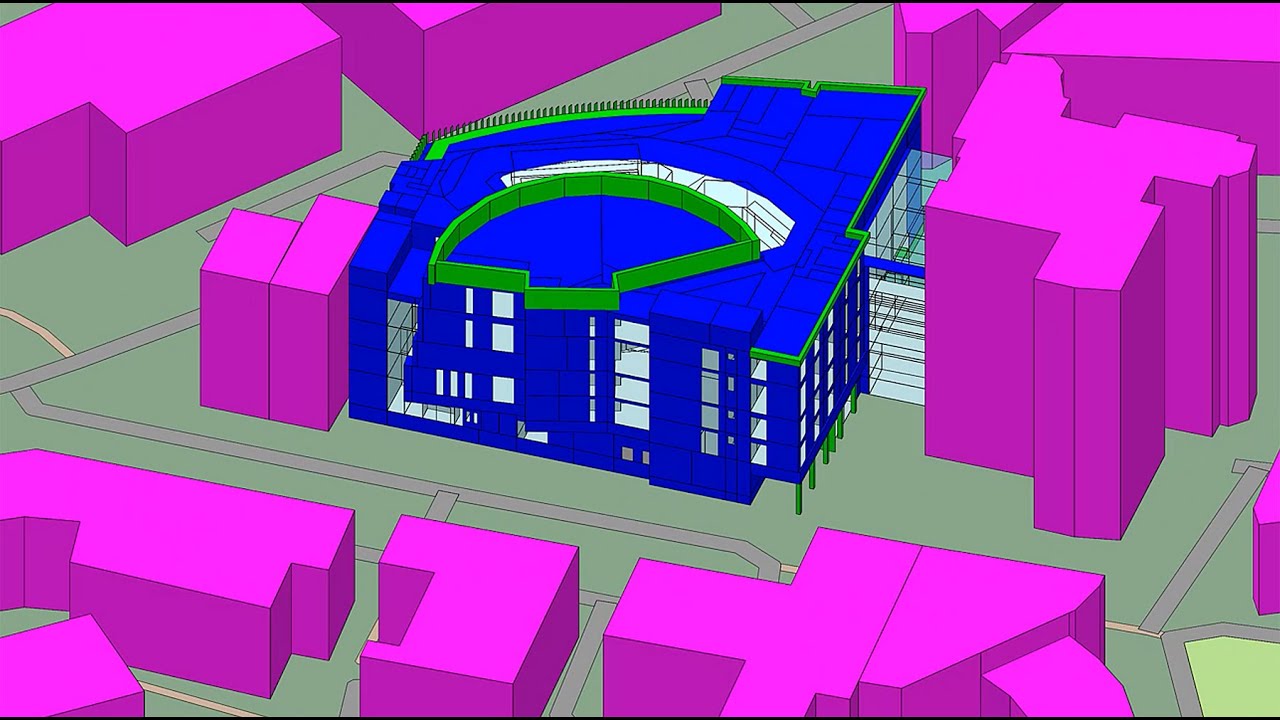
In today’s rapidly evolving world, the importance of sustainable energy practices has never been more crucial. As the global population continues to grow, so does the demand for energy, leading to an increased strain on our planet’s resources. In response to this challenge, the adoption of green energy solutions has become a top priority for governments, businesses, and individuals alike. Green energy education plays a vital role in this transition, equipping individuals with the knowledge and skills needed to drive the shift towards a more sustainable future.
One of the innovative technologies that have the potential to revolutionize green energy education is the concept of digital twins. Digital twins are virtual replicas of physical objects, processes, or systems that can provide real-time insights and data analysis. In the context of green energy, digital twins can be used to simulate and optimize the performance of renewable energy systems, such as solar panels, wind turbines, and energy storage solutions.
By creating digital twins of renewable energy assets, educators and students can gain a deeper understanding of how these systems operate and interact with their environment. This hands-on experience allows learners to explore different scenarios, experiment with various parameters, and observe the impact of their decisions in a risk-free virtual environment. Through this process, students can develop critical thinking skills, problem-solving abilities, and a holistic understanding of green energy concepts.
There are several ways in which digital twins could help enhance the effectiveness of green energy education:
While the potential benefits of using digital twins in green energy education are substantial, there are also challenges that need to be addressed:
Despite these challenges, the potential of digital twins to transform green energy education is immense. As technology continues to advance and become more accessible, the use of digital twins in educational settings is likely to become more widespread. By leveraging the power of digital twins, educators can create immersive and engaging learning experiences that empower students to become future leaders in the field of sustainable energy.
In conclusion, unlocking the potential of digital twins for green energy education holds great promise for shaping a more sustainable and environmentally conscious future. By embracing this innovative technology and integrating it into educational curricula, we can equip the next generation with the knowledge and skills needed to drive the transition towards a greener, cleaner energy landscape.